Let’s play a small word association game. You will read a word or a phrase on the screen, close your eyes after reading it and visualize it, like actually visualize it. Ready? Here goes…
‘Business Model’
What did you visualize?
Excel sheets with innumerable boxes, filled with numbers which are usually too complicated to understand? Some fuzzy documents with jargon and unnecessarily complex words? Or maybe nothing?
Well, don’t worry. Nothing unusual. Most of the people I run this little experiment with visualize the same. And that’s the tragedy of the way we have been learning all our lives. Bulk of the information we receive is in the format of complex text and numbers that appeal only to a very limited part of our brain (the left brain). As a result, we are unable to comprehend it and start thinking of it as fuzzy concepts. This is specially true of concepts related to business modeling, financial statements, mathematics etc.
Isn’t it high time we challenged this? Why can’t learning be delivered to us in a format that appeals to the way our brain is wired? Why can’t we have learning designs that appeal to the ‘whole brain’? Elements of imagination, creativity and art to appeal to the right brain and facts, text and logic to appeal to the left brain?
At Catalyst, we mulled over this for a long time and then came up with the concept of ‘Learning Maps’. Our first learning map is the Business Model Map. We get participants together and give them a large, colourful canvas which they use to map out their business model. We use the popular ‘Business Model Canvas’ tool from the Strategyzer series as the reference document and base for mapping out the entire business model of an organization. Visual triggers, challenge questions and ‘what if’ cards as ideation triggers that lead to discussions and insight generation. Participants walk out of this 3 hour session brimming with new confidence as they de-construct their own business models and find new opportunities for innovation.
We are looking to build on this concept of a learning map further – work with creating process maps (for any process in a firm), new product launch maps, life maps (beyond timeline maps only), empathy maps etc. The center-piece of the learning is a self created map with visual, text and other elements. The format of learning fosters a perfect mix of imagination as well as logic. Initial tests have yielded amazing results. All excited!
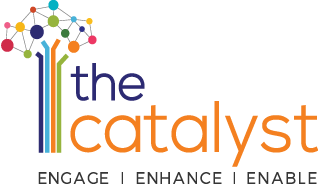
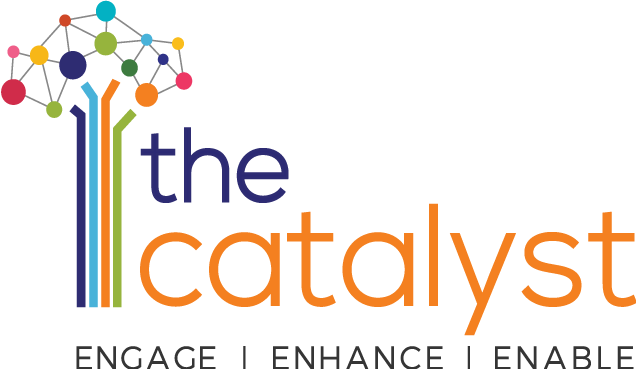
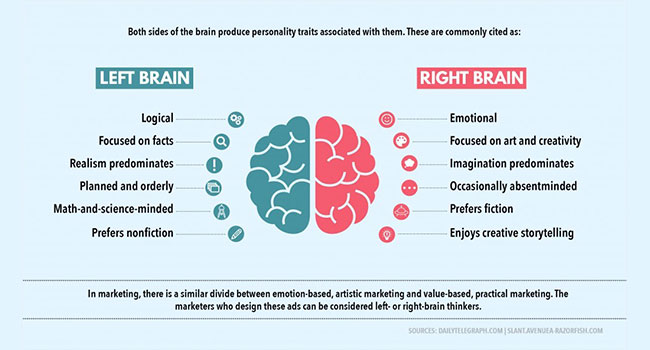
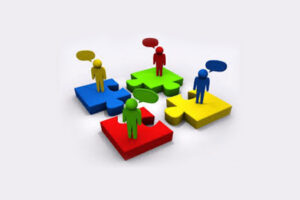


Leave a Reply
Your email is safe with us.
You must be logged in to post a comment.